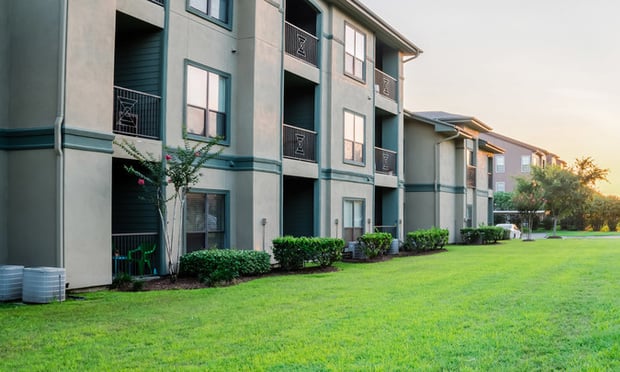DALLAS-With $11 billion in federal funds earmarked for the creation and expansion of federally qualified health centers over the next five years, Texas will likely received a significant portion of those funds, according to Lew Lefko, a shareholder and healthcare attorney at Winstead PC.
Federally qualified health centers, known as FQHCs, include federally-funded community health centers, migrant health centers, homeless health centers and public housing health centers. FQHCs exist to improve the health of underserved communities and populations. Today, more than 1,000 FQHCs exist in the U.S. and operate 7,500 sites to serve 20 million patients. About 92% of those patients live in households below 200% of the federal poverty level.
Approximately $9.5 billion of the funding from President Obama’s Affordable Care Act is designated for expanding the operational capacity of FQHCs to accommodate the 20 million new patients who will become insured. Roughly $1.5 billion is allocated to expand and improve existing facilities, as well as constructing new sites.
Lefko estimates a portion of the $9.5 billion will also end up flowing into commercial real estate. “If a community health center gets funds to add physicians or expand its services, it makes sense that it will need more space to accommodate new providers or services,” he explains.
To that end, Lefko says FQHCs will be particularly needed in Texas, which is burdened by uninsured ranks of over 25% of its population – about 6 million people. Roughly1.3 million will be covered by health reform's expanded Medicaid program, and more than 2 million will qualify for subsidized coverage through the Texas health insurance exchange.
“There's just no way physicians in their medical offices and hospitals are going to be able to handle all the population that is going to become insured in 2014,” Lefko tells GlobeSt.com. “We're going to need community health centers to be built and expanded.”
Lefko contends that expanded and newly constructed community-based centers in medically underserved areas will be needed. “Opportunities exist for creative retrofitting of blighted buildings in rural downtowns and abandoned retail strip centers in urban Texas into FQHCs,” he says.
Want to continue reading?
Become a Free ALM Digital Reader.
Once you are an ALM Digital Member, you’ll receive:
- Breaking commercial real estate news and analysis, on-site and via our newsletters and custom alerts
- Educational webcasts, white papers, and ebooks from industry thought leaders
- Critical coverage of the property casualty insurance and financial advisory markets on our other ALM sites, PropertyCasualty360 and ThinkAdvisor
Already have an account? Sign In Now
*May exclude premium content© 2025 ALM Global, LLC, All Rights Reserved. Request academic re-use from www.copyright.com. All other uses, submit a request to [email protected]. For more information visit Asset & Logo Licensing.








